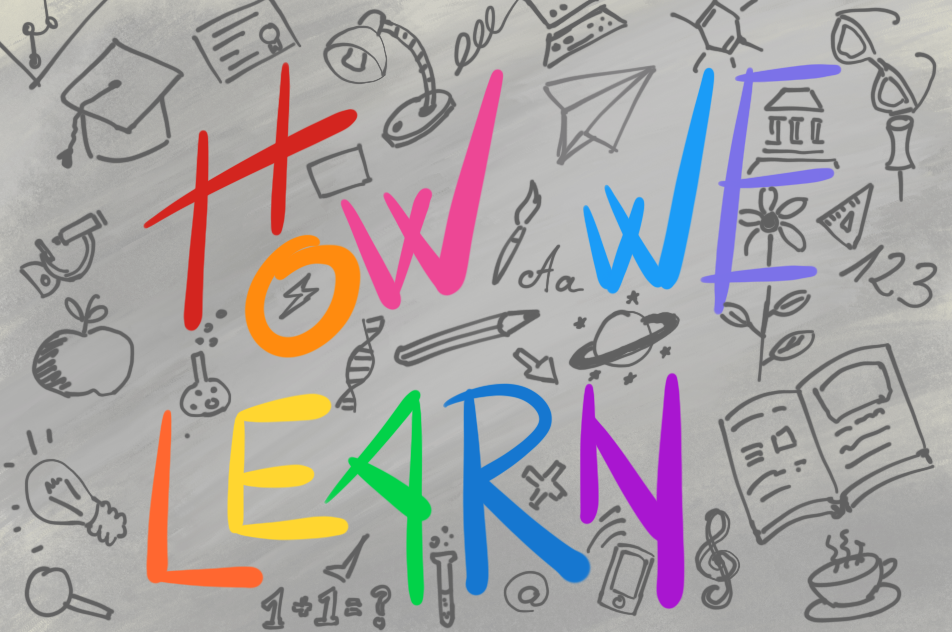What if most of our instincts about learning are misplaced, incomplete, or flat wrong? This is how Benedict Carey, a science reporter for the New York Times, starts his book, simply called “How We Learn”.
And he does a brilliant job proving that our thinking about learning is rooted more in superstition than in science. And boy this book is filled with science. It is extremely evident that the author is a science nerd because this book is 95% filled with studies and experiments on lots and lots of topics related to the learning: memorisation, forgetting, associations, perceptions etc. This could make the book boring for a reader hungry for the bite-size advice (who has the time for any of this?) but I found the research fascinating and I went the extra mile in a lot of cases by going through the source material.
The long story short is that most of the things we take for granted about learning are wrong. Here are a few highlights:
- “Take notes on the material you are studying” is a common suggestion. Not that bad of an advice but not the best effective technique as this will only increase your “fluency illusion” - the belief that because facts are easy to remember right now, they will remain that way tomorrow or the next day. Constant self-testing works way better.
- “Lock yourself in a room and concentrate” is another one. Bad advice too. It seems that people learn and remember more when they space their study time instead of concentrating it. This is what is called the spacing effect.
- “Testing should follow learning”. This one seems to make a lot of sense. After all, how could we test someone on a topic before we expose them to the information. We only think this because we look at tests as evaluation tools. But Benedict Carey is interested in learning, and this can turn our biases on their head. Numerous studies show that pre-testing is a very effective study tool. Even if you bomb a test on day one of a class, that experience will alter your experience and you will absorb the material way better because of it.
- “Put the phone away. How can you learn anything when you are constantly interrupted by these noisy notifications?” Who wouldn’t stand behind this? Go figure: Interruptions are helpful to learning. Interrupting yourself when absorbed in an assignment extends its life in memory and pushes it to the top of your mental to do list.
- “Focus on one topic at a time”. The data actually points to something different. Varying your practice and studies, known as “interleaving,” is more effective than concentrating on one skill or subject at a time, because it forces us to be able to adjust and think quicker on the fly.
These are some of the many insights from the book. They are full of surprising “plot twists” and practical advice than can elevate your learning game.
What I like most about Carey’s book is that we takes an individualistic approach to learning. He is not (that) interested in education policies and rarely worries a macro-view of the topic. But still the question on policy looms in the background throughout the book as theselandmark experiments destroy our preconceptions on education. “If we have all this evidence on what works and what doesn’t why don’t we change or tweak the system?” Carey briefly touches on the topic at the end of book. His explanation is that, as a specie, we have just began showing interest in the topic. We exist for many million of years but for the most part we focused on stay safe from predators, worried about food and shelter. Socrate’s school may seem like something that happened a long time ago but 2 thousand years are a nothing but a blip in the grand timeline of our existence. As learning and personal education becomes a greater differentiator factor in our everyday hierarchies we may pay better attention to the science of learning.

